How illegal miners are stealing $57bn from Peru
Criminals are causing havoc for Peru's mining industry, costing it billions in lost revenue. James McKeigue explains what's going on, and looks at some of the country's other opportunities.

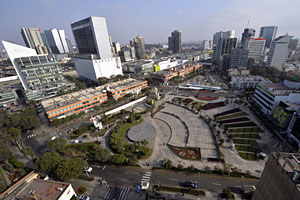
It's been almost a decade since I was last in Lima and there's been a lot of changes in that time. Part of the Peruvian capital now looks like a giant building site in a good way.
From the window of my 13th floor apartment, I can count five construction cranes, while down on the streets, hungry consumers are buying branded clothes and package holidays the type of goodies most ordinary Limeos couldn't have dreamed of having ten years ago.
And all around the city, there are tall, shiny towers bearing the names of leading European and North American banks that are eager to service Peru's booming economy.
MoneyWeek
Subscribe to MoneyWeek today and get your first six magazine issues absolutely FREE

Sign up to Money Morning
Don't miss the latest investment and personal finances news, market analysis, plus money-saving tips with our free twice-daily newsletter
Don't miss the latest investment and personal finances news, market analysis, plus money-saving tips with our free twice-daily newsletter
Of course, life isn't a bed of roses for everyone here and there are still plenty living in squalid poverty. In some places, the government has a very small presence, while in others, it's got none at all.
In these areas, the lack of roads, police, schools or hospitals has created a power vacuum that illegal miners, contraband smugglers and narco gangs have been quick to fill.
Why does this matter to British investors? Because these remote areas are also home to the most exciting oil, gas and mining projects.
Lately, criminal elements have been causing havoc for the mining industry but not in the way you might think. Today, I want to talk you through how this threat emerged, the best way miners can deal with it, and some hidden opportunities Peru has to offer.
An old enemy with a new weapon
So, the chances are that if you like a punt on commodities, your shares have been affected by what's going on in the deepest corners of remote Peru.
On the face of it, these are environmental protests from local communities who worry that they are going to be affected by the new mine or well. Sometimes this is the case.
Indeed, there have been some horrible cases of environmental damage committed by Western companies in the region. But often there is something else going on, explains Karim Kahatt, a partner at Santivez Abogados, who specialises in mining.
"An international company may buy some land and make a deal with the local government, but there are other, hidden stakeholders, in the project. Illegal miners, contraband smugglers and drug gangs may also often operate in the area. If they think that a Western company's project will interrupt their operations, then they will cause trouble."
And the easiest way for them to do this is through environmental protests.
Why local knowledge pays
According to Karim, the key to a successful project is knowing who the power brokers in your area are, and knowing how to keep them happy.
"It used to be that the first representative of these companies to visit an area was a geologist. Nowadays, it should be a community team."
In the UK, phrases like community relationships' or environmental awareness' are normally just part of the politically correct and often fake corporate speak that multinationals feel they have to churn out. But in Peru, the right local understanding and strategy can make the difference between a $5bn project going ahead or being stalled by investors.
Over the next month, I'll be speaking with a number of listed mining and energy companies. I'll be finding out what strategies they have in place to make the most of the country's unbelievable mineral and hydrocarbon potential.
The Inca super-grain' and how to profit
Peru's non-traditional sectors, such as agriculture and tourism, now account for 30% of total exports. Among the niche sectors that are growing fast are organic, GM-free food produce much of which goes to the UK and tourism.
For example, sales of quinoa (an incredibly protein rich, cuscus-like Andean grain with supposed super-food qualities) were up by 250% in the first quarter of 2014 compared to the same time last year.
Peru's tourism and agriculture potential is partly down to its impressive ecological and geological diversity. But it's also going to get a structural boost from a huge transport infrastructure programme which will make life easier for exporters and the Pacific Alliance.
Of course, playing trends like the Inca super-grain' is not easy for small, private investors based in the UK. And again, over the next few weeks, I'll be looking for ways that we can gain exposure to this story.
Get the latest financial news, insights and expert analysis from our award-winning MoneyWeek team, to help you understand what really matters when it comes to your finances.
James graduated from Keele University with a BA (Hons) in English literature and history, and has a certificate in journalism from the NCTJ.
James has worked as a freelance journalist in various Latin American countries.He also had a spell at ITV, as welll as wring for Television Business International and covering the European equity markets for the Forbes.com London bureau.
James has travelled extensively in emerging markets, reporting for international energy magazines such as Oil and Gas Investor, and institutional publications such as the Commonwealth Business Environment Report.
He is currently the managing editor of LatAm INVESTOR, the UK's only Latin American finance magazine.
-
 Why pension transfers are so tricky
Why pension transfers are so trickyInvestors could lose out when they do a pension transfer, as the process is fraught with risk and requires advice, says David Prosser
-
 The political economy of Clarkson’s Farm
The political economy of Clarkson’s FarmOpinion Clarkson’s Farm is an amusing TV show that proves to be an insightful portrayal of political and economic life, says Stuart Watkins
-
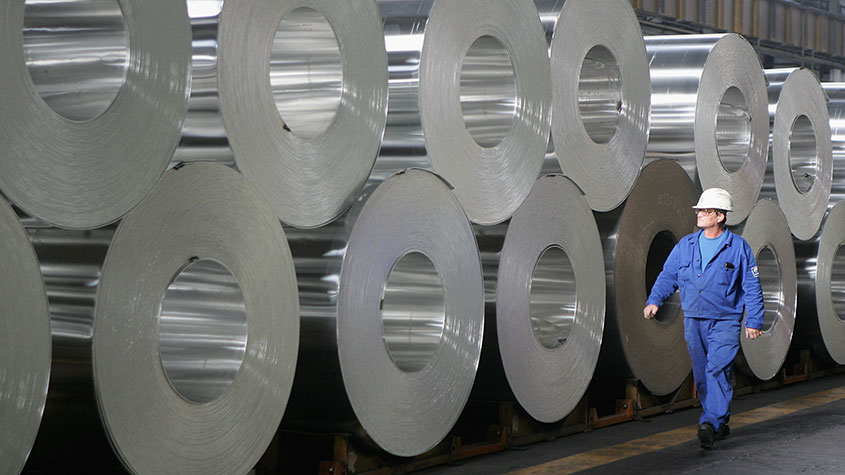 These 2 stocks are set to soar
These 2 stocks are set to soarTips The returns from these two aluminium and tin stocks could be spectacular when the commodity cycle turns says David J Stevenson.
-
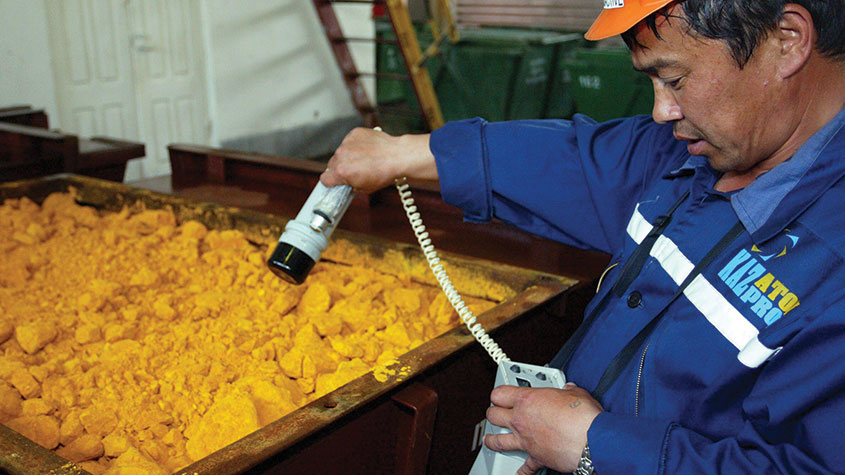 The best ways to buy strategic metals
The best ways to buy strategic metalsTips Weaker prices for strategic metals in the alternative-energy sector are an investment opportunity, says David Stevenson. Here, he picks some of the best ways to buy in.
-
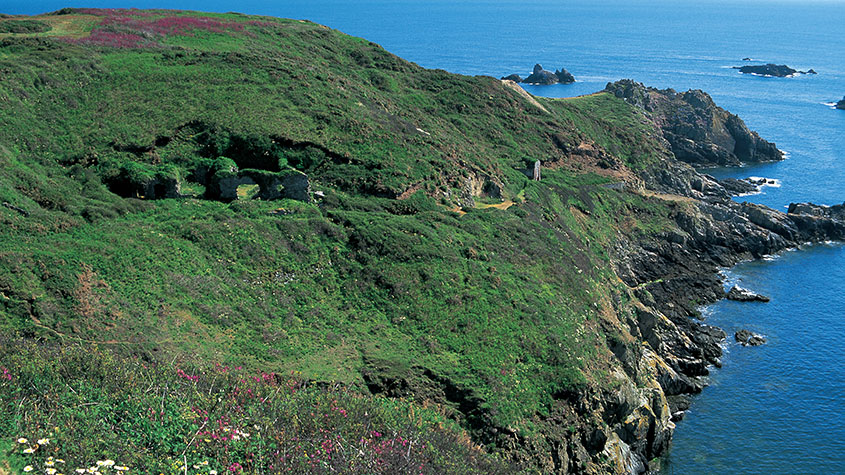 A lesson for investors from a ill-fated silver mine
A lesson for investors from a ill-fated silver mineAnalysis Mining methods may have changed since the industry’s early days, but the business hasn’t – digging ore from the ground and selling it at a profit. The trouble is, says Dominic Frisby, the scams haven't changed either.
-
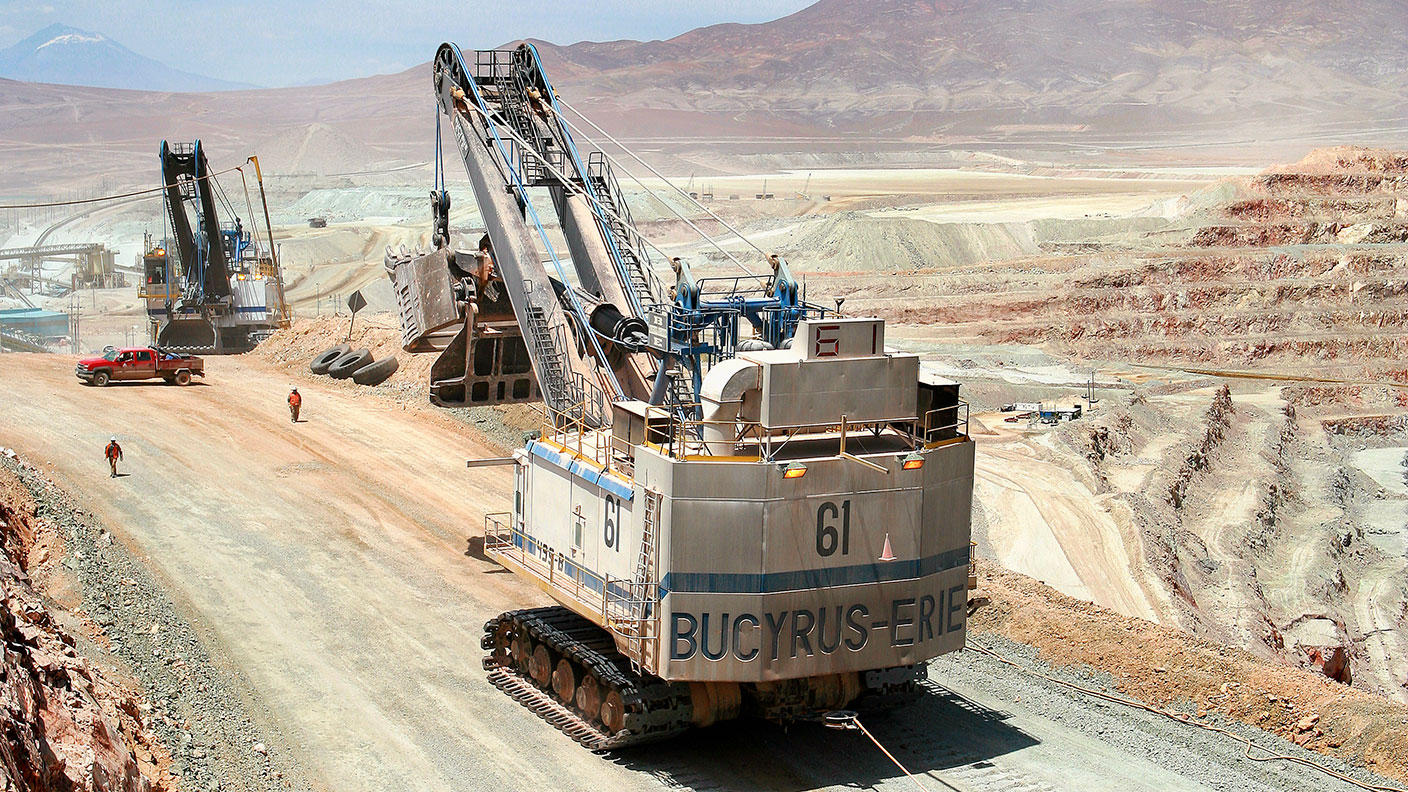 The natural resources industry is in a tight spot – which is bad news for the rest of us
The natural resources industry is in a tight spot – which is bad news for the rest of usOpinion The natural resources industry is in a bind. We need it to produce more energy and metals, but it has been starved of investment, plagued by supply chain issues, and hobbled by red tape. That’s bad news for everyone, says Dominic Frisby.
-
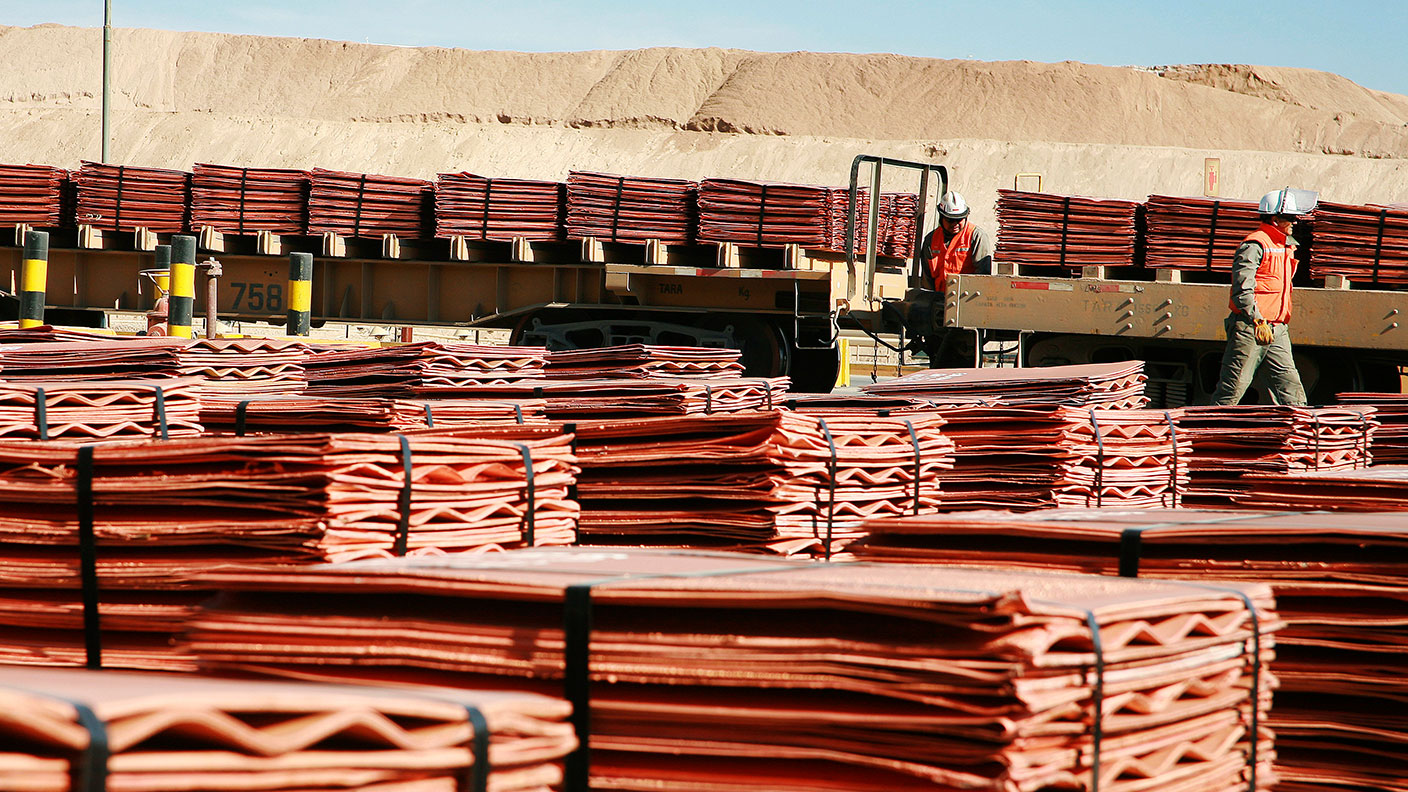 How to invest in the copper boom
How to invest in the copper boomTips The price of copper has slipped recently. But that’s temporary – the long-term outlook is very bullish, says Dominic Frisby. Here, he explains the best ways to invest in copper.
-
 Why investors should consider adding Glencore to their portfolios
Why investors should consider adding Glencore to their portfoliosTips Commodities giant Glencore is well placed to capitalise on rising commodity prices and supply chain disruption, says Rupert Hargreaves. Here’s why you should consider buying Glencore shares.
-
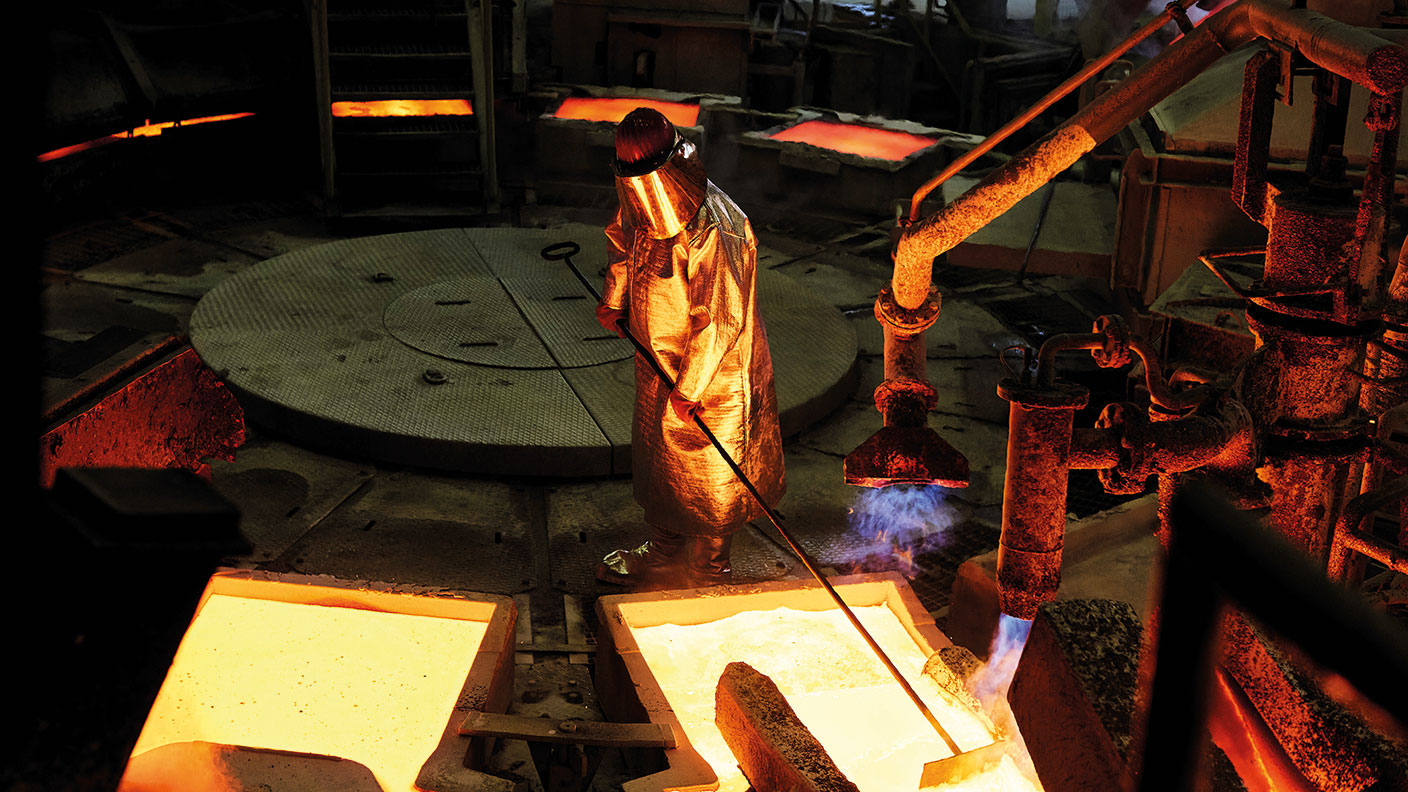 How to invest in the multi-decade boom in industrial metals
How to invest in the multi-decade boom in industrial metalsTips The price of key industrial metals has already begun to rise. The renewable energy transition will take them higher, says David Stevenson. Here's how to profit.
-
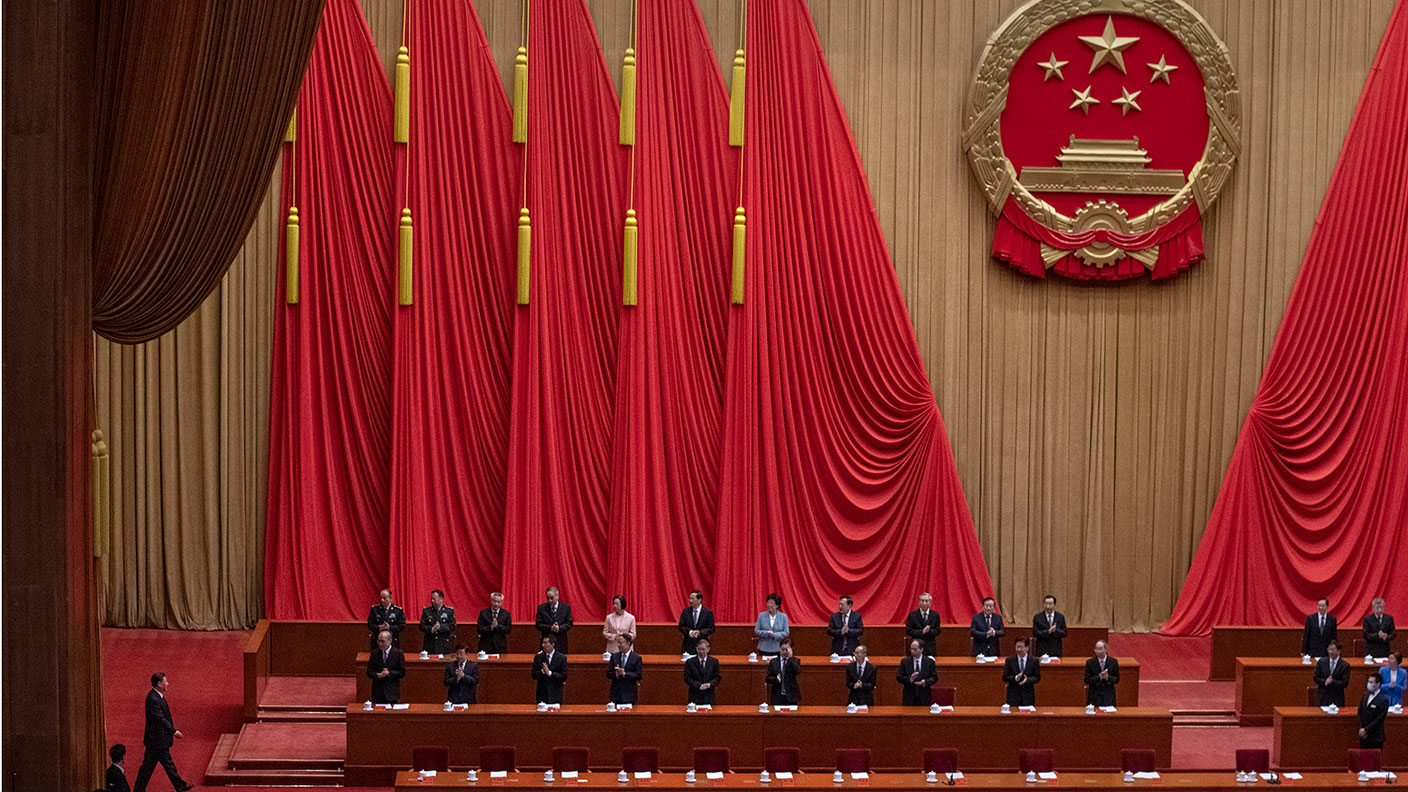 Avoid China’s stockmarket – here’s what to invest in instead
Avoid China’s stockmarket – here’s what to invest in insteadOpinion China’s stockmarket is not a good place for investors to be. But you can't just ignore the world's second-largest economy, says Dominic Frisby. Here, he picks an alternative China play.
